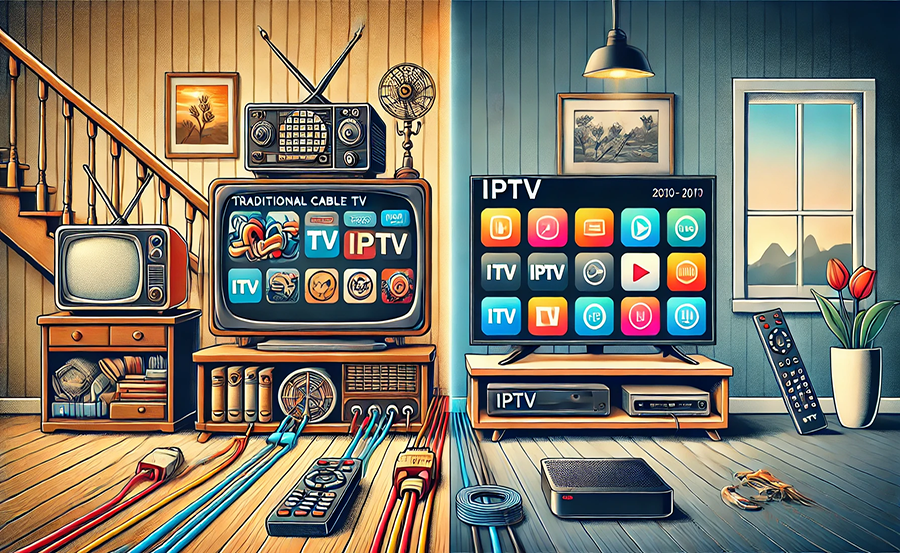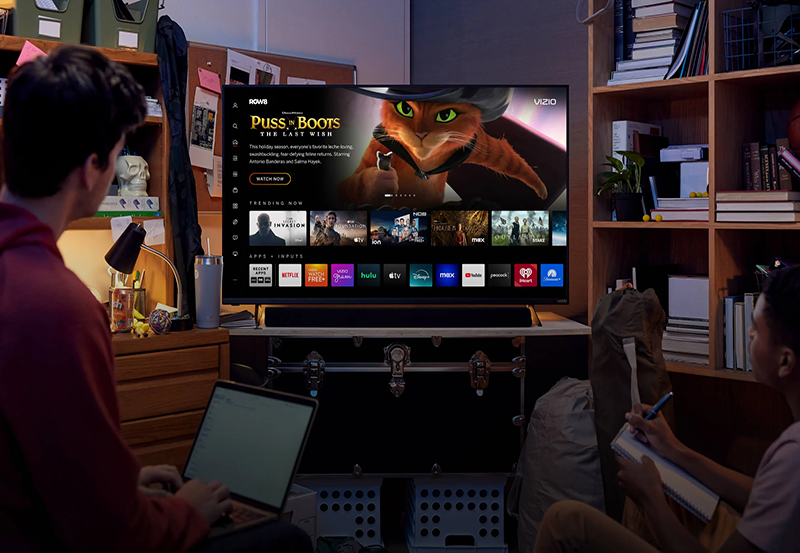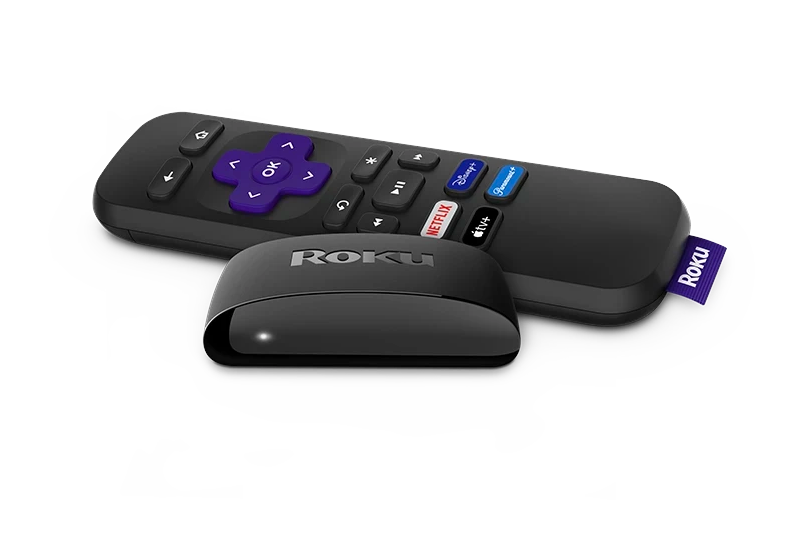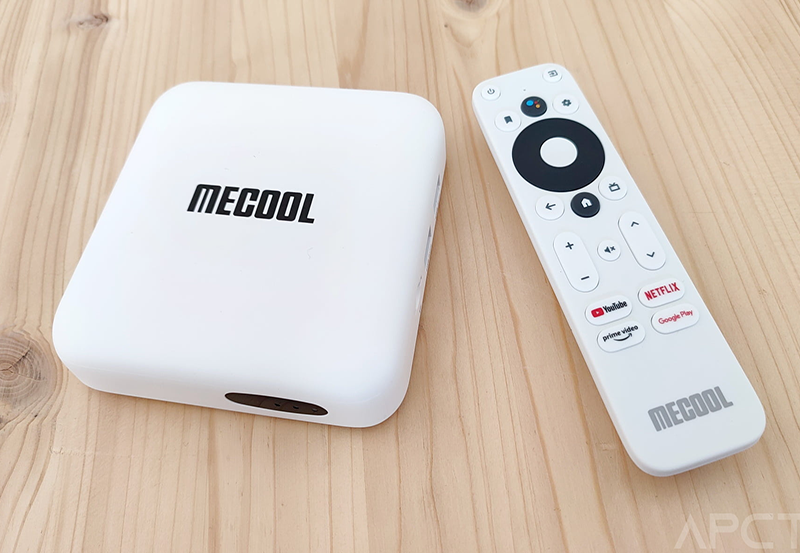As the world of streaming services continues to grow, IPTV (Internet Protocol Television) offers an innovative way for viewers to enjoy live TV streaming. From watching your favorite shows to configuring complex setups on devices like Roku, understanding IPTV can enhance your viewing experience significantly. Yet, for many beginners, making sense of IPTV on Linux can feel daunting. But don’t worry, this guide is here to make the journey as smooth as possible, breaking it down step-by-step, whether you’re a tech newbie or an enthusiast looking to broaden your horizons.
Understanding IPTV and Its Benefits
What is IPTV?
IPTV stands for Internet Protocol Television. It’s a system where digital television service is delivered using the Internet instead of traditional terrestrial, satellite, or cable television formats. Unlike downloaded media, IPTV offers the ability to stream source media continuously. In simpler terms, it’s like watching TV through an internet connection rather than relying on cables or satellite dishes which can sometimes be a hassle.
The Benefits of IPTV
There are numerous advantages to using IPTV. Firstly, it offers a wide array of channels and shows from around the world. You can access content that may not be available through standard cable services. Additionally, IPTV allows for more interaction and the possibility of on-demand viewing, a welcome shift from the rigid schedules of traditional TV. Besides, IPTV can be more cost-effective, giving you access to a broader spectrum of entertainment for a fraction of the price.
Quick Suggestion:
Upgrade your viewing experience with Best IPTV USA, designed for flawless streaming of your favorite content.
Cost Efficiency
Switching to IPTV can save you a significant amount on monthly bills. You pay for what you want, equating to great value for money. With various subscription plans available, you have the flexibility to choose packages that suit your viewing habits and budget.
Vast Entertainment Options
From global news to sports networks, IPTV presents a buffet of options for viewers. You’re no longer restricted to local or regional content alone; instead, you have the world at your fingertips, making the viewing experience richer and more diverse.
Setting up IPTV on Linux
Install Necessary Software
To begin, you’ll need specific software to configure IPTV on Linux. VLC Media Player, known for its versatility, supports IPTV streaming and is relatively easy to install. Use your terminal for installation—simply enter:
- Open Terminal
- Type:
sudo apt-get install vlc - Press Enter and follow on-screen instructions.
Configuring IPTV on VLC
Once VLC is installed, configuring your IPTV setup is straightforward.
- Launch VLC Media Player.
- Select ‘Open Network Stream’ from the Media menu.
- Enter your IPTV provider’s URL in the address field.
- Click ‘Play’ and your stream should start.
If any issues arise, check your URL for accuracy. An incorrect URL is a common stumble block in this step.
Navigate Stream Options
VLC offers various controls enabling you to pause, fast-forward, or rewind your streams. Utilizing these features can augment your viewing enjoyment, letting you tailor the experience to your needs.
Exploring Different IPTV Providers
Selecting the right IPTV service provider is vital. Factors such as channel variety, reliability, and cost drive this choice. Conduct thorough research, read reviews, and perhaps try trial periods before committing.
Advanced IPTV Setup Tips
Integrating IPTV on Roku
If you prefer watching IPTV on devices like Roku, you can integrate it with a few tweaks. Unlike Linux, Roku doesn’t naturally support IPTV apps, but you can download unofficial apps such as M3U playlists.
Here’s how:
- Install an IPTV app from Roku’s channel store.
- Configure it using your IPTV subscription details.
- For personal playlists, ensure your M3U files are up to date and compatible.
Optimizing Network for IPTV Enjoyment
Ensuring a stable network connection is paramount. Here are some steps to optimize:
- Use a wired connection if possible. Wi-Fi can be less reliable.
- Upgrade your router to a high-speed model to prevent buffering.
- Consider network extenders if your setup is distant from the source.
Common Issues and Troubleshooting
Buffering and Streaming Delays
Buffering can dampen your IPTV experience. Typically, it stems from poor internet connectivity or bandwidth issues. Check your internet speed, or, if necessary, switch to a higher-tier internet plan.
IPTV Not Connecting
If you’re having trouble connecting, double-check all settings. Verify your login credentials, URLs, and firewall settings. Reboot your router and device as a catch-all fix for connectivity hiccups.
The Expert’s Guide to IPTV Enjoyment
Diving deeper into IPTV, becoming a proficient user involves more than setting up your system. It requires embracing new content possibilities and optimizing your viewing habits. Explore niche channels, utilize recording features, and engage with community forums to leverage more from your IPTV.
Conclusion Section
Embarking on your IPTV journey on Linux can be both empowering and rewarding. Armed with the right tools and knowledge, this digital frontier offers a vibrant world of entertainment right at your fingertips. As you refine your skills, remember that the support of an engaged community awaits to further enrich your experience. With IPTV fast becoming a mainstream choice, now is an opportune moment to dive in and explore the dynamic offerings of online TV.
Frequently Asked Questions (FAQ)

What equipment do I need for IPTV?
To start with IPTV, you’ll need an internet connection, an IPTV app or software like VLC, and a device such as a computer, smartphone, or streaming box.
Can I record IPTV shows on Linux?
Yes, several applications allow IPTV recording on Linux, enhancing your ability to watch shows at your convenience.
Is IPTV legal?
IPTV is legal. However, it depends on the provider. Ensure your service offers properly licensed content to avoid legal issues.
What bandwidth is required for smooth IPTV streaming?
A minimum of 10 Mbps is typically recommended for a stable IPTV experience, with higher speeds preferred for multiple streams.
Do I need technical expertise to set up IPTV?
While some technical know-how is beneficial, many guides and tutorials can assist beginners throughout the configuration process.
Can IPTV work on a slow internet connection?
It’s feasible, but you might face lag and buffering. An upgrade in bandwidth is advisable for optimal performance.
What advantages does IPTV have over traditional TV?
IPTV offers increased flexibility, a broader range of content, on-demand options, and generally more cost-effective plans, making it a superior choice for many viewers.
How to Fix IPTV Signal Drops: Tips and Tricks





